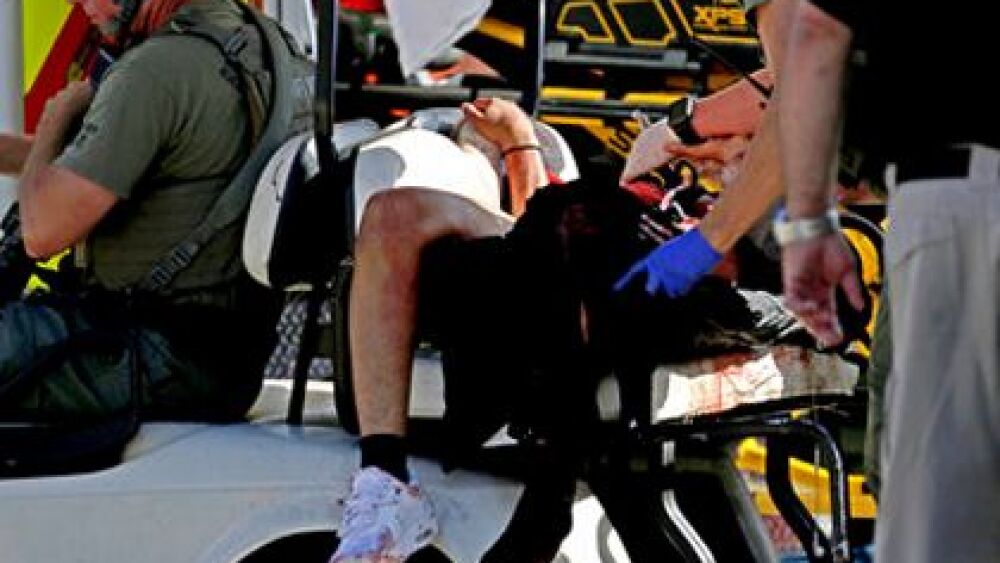This article originally appeared in the April 19, 2018 issue of the Paramedic Chief Leadership Briefing. To read the full Briefing, visit Parkland new benchmark for EMS active shooter response.
School shootings are forever benchmarked against Columbine. News reports are sure to compare the death total as “not as deadly” or “more deadly” than Columbine.
April 20 marks the 19th anniversary of Columbine. Only Sept. 11 has had a greater impact on EMS in the last 20 years. The mass murders committed in Newtown, Orlando, Las Vegas, Parkland - and too many other locations to list - reinforced the primary lessons of Columbine - police need to attack the shooter and EMS needs to start patient care in the warm zone.
Active shooter response using a Rescue Task Force has been refined through training and applying the lessons learned from each subsequent incident. Those improvements have likely resulted in lifesaving seconds for victims.
But, improved EMS response isn’t fast enough. While state legislatures debate the necessity, efficacy and consequences of arming teachers, EMS agencies and fire departments are stepping into the breach to train students, teachers and other school personnel life-saving techniques to evade the shooter, secure classrooms, fight back and to treat the injured in their midst before EMS arrives.
Is your agency joining American Medical Response, Richmond Ambulance Authority, Fort Worth (Texas) firefighters, the Copeland (Pa.) Regional Trauma Council, and many others to train citizens to “Stop the Bleed”?
Parkland made a Columbine-level impact on EMS and police response. Teachers and students, through live social media broadcasts, brought the public into their hallways and classrooms as the incident unfolded.
All future active shooter incidents will be benchmarked against Columbine and Parkland. Public safety use of the victim-generated intel, which debuted in Parkland, being broadcast from inside the school, church, or business is the new benchmark. Every chief officer needs to understand how live video and status updates can be accessed and used to neutralize the shooter and treat victims.



